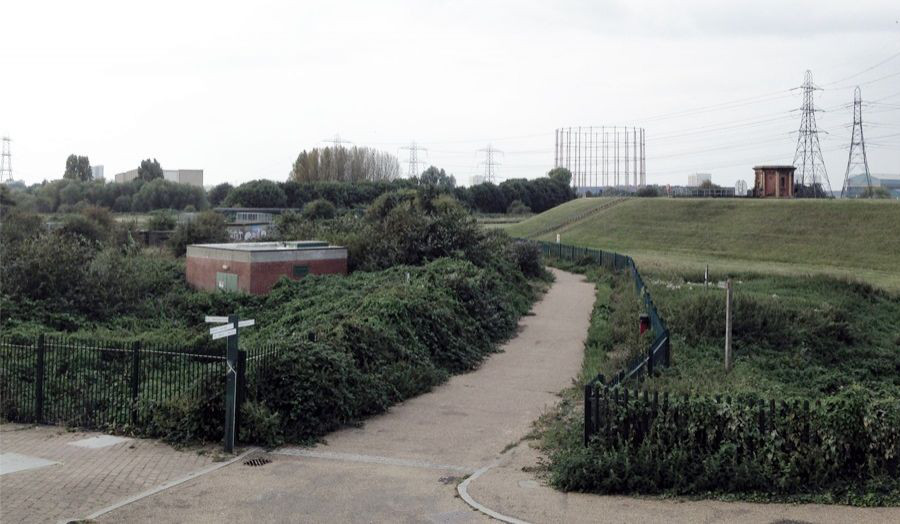Unit brief
Topography and exchange
This year the unit will be working around two valleys. We will start and finish the year in and around the Tottenham Reservoirs with an intermission in São Paulo’s downtown valley Vale do Anhangabaú. These valleys will form the sites for an interrogation of the relationship between architecture and topography; they are both urban landscapes. Projects will be concerned with how architecture might shape or manipulate topography, how it can contribute to an understanding of a larger landscape, and how a topography of place can be understood and implemented as an architectural and spatial strategy.
We will be exploring the idea of the evolving landscape and architecture’s role within it. You will be working rigorously and iteratively to understand, uncover and describe these topographies; to unearth how they came about – how they have been used and shaped by human endeavour – and translate their spatiality with precision. An important aspect of this year’s work will be joining-in with this evolution. We will explore how the landscape has evolved and how to meaningfully work with layering as a tool in developing material strategies, shaping the landscape and proposing uses that build on local processes of exchange.
This means accepting and becoming excited about these inherited landscapes, positively contributing to this condition and opening up capacity for future change beyond the immediate remit of the project. Scale will be portrayed architecturally, so that places may be understood architecturally across chosen scopes.
Briefs could focus on employment and production, but are deliberately left open to be defined by each student so that they can become an extension and deepening of the processes and exchanges uncovered.
The unit will further explore the notion of strategy and detail developed over the past years, alongside the ideas of layering, material intent and narrative to develop architectural proposals that are deeply rooted in their situation, set within landscape strategies that are developed from a careful understanding of, and with specificity to, the place, spatially and in terms of use. The projects will be instigated by immersive engagement in the places you are working; recording what is there, looking for traces, uncovering stories and understanding the heredity and metabolism of the landscape.
Project cities
After October projects set in London the entire unit will be visiting and working in São Paulo to explore the changing topography the Anhangabaú Valley from the early Portuguese settlements to the first high rise buildings in the nineteenth century, the infrastructure projects of the 60s and 70s and the recent attempts to re-set the city’s relationship with this landscape. The trip will be 12 days long and the São Paulo project will run until mid December. While in São Paulo students will be in close dialogue with the architecture school Escola da Cidade participating in a shared workshop and seminars as well as the São Paulo launch of the publication Unevenness which reflects on the work by the unit in the last academic year. We will also study a number of key buildings by Lina Bo Bardi, João Batista Vilanova Artigas, Paulo Mendes de Rocha and Oscar Niemeyer within the city.
The London launch of Unevenness will be at The Cass Tuesday 23 September 6pm on the fourth floor. This will also be an opportunity to discuss the Brazil programme with unit tutors and former students.

Details
| Course | Professional Diploma in Architecture – RIBA Part 2 (now Architecture RIBA 2 MArch) |
|---|---|
| Tutor | Dann Jessen Julian Lewis Judith Loesing Richard Hall |
| Website | east.uk.com |
